Effects of Alfalfa Husk and Alfalfa Pellets on the Gastric Mucosa of Weaned Horses(Part 2)
Date: 12/23/2020 08:45:53 From: feed-pellet-plant.com Clicks:
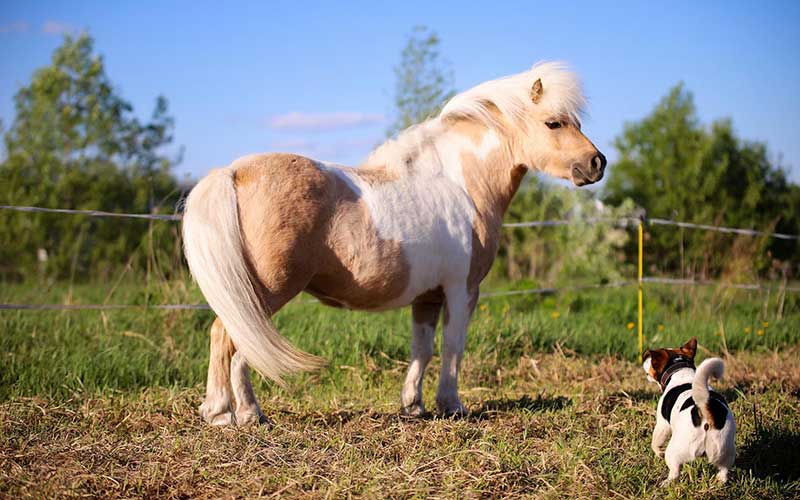
Discussion
Various methods have been used to induce gastric ulcers. In this study we used the weaning process as a model to induce gastric ulcers in foals to determine the effects of feeding. Previous studies have shown that the weaning process is a stressful event in a foal’s life and may increase gastric lesions. Dahlkamp and others [3] reported that ulcer scores of the squamous region, as examined by gastroscopy, increased from 48 % before weaning to 78 % 2 weeks after weaning. This study revealed an initial prevalence of gastric lesions in glandular and squamous regions of 84.3 % prior to weaning. The changes in feeding and housing management 1 week before weaning may have resulted in high gastric lesion scores. The introduction to new stables and housing groups was performed to ensure standardized experimental conditions.
The aim of the study was to evaluate the impact of feeding different particle sizes to weanlings. Gastric findings of each region of the stomach were scored separately because we assumed that diet regime might have various influences on the gastric mucosa of different regions.
One food source recommended to prevent gastric lesions in horses is alfalfa hay. Nadeau and others [7] found a lower incidence of gastric lesions in horses fed alfalfa hay. The reason for the beneficial effects of feeding alfalfa is related to its buffering components, like protein and calcium. High calcium intake reduced the basal HCl secretion in rats. This effect was suspected to be a result of higher extracellular and intracellular calcium concentrations in parietal and G cells. Higher extracellular and intracellular calcium concentrations may lower the cAMP concentration, thus reducing the production of HCl [13]. Exposure of the equine gastric mucosa to HCl and short-chain fatty acids significantly decreased sodium transport of the cells. The addition of calcium carbonate decreased the sodium transport to baseline [14]. From these results, the authors proposed that calcium has a protective effect in the development of gastric lesions. Nadeau and others [7] found significantly lower scores of the squamous mucosa in horses fed an alfalfa hay/grain diet compared to horses fed a brome hay diet. The authors concluded that high amounts of protein and the quality of the protein may have buffering effects in the stomach, as previously seen in cattle [15].
Alfalfa is believed to have beneficial effects on gastric mucosa by buffering gastric pH because it contains large amounts of calcium, magnesium, and protein. In the present study, calcium and protein intake were approximately equal among the different feeding groups (Table 1), but particle size between the two alfalfa preparations was different. Former studies have demonstrated the impact of the particle size on the stomach mucosa in different species. Saliva production is related to the particle structure of a diet, and saliva has a buffering effect due to its potassium, chloride, and bicarbonate [16]. For example, feeding 1 kg of hay results in 3 to 6 L of saliva production and feeding 1 kg of grain results in 1 to 1.7 L of saliva production in adult horses [17]. The concentration of bicarbonate in saliva may impact stomach pH [18]. These effects may explain the lower gastric lesion scores in weanlings fed hay in our study. However, lesion scores of weanlings in the alfalfa pellets group were not significantly different from those in the hay group. It is possible that although the foals fed alfalfa pellets may have produced less saliva, the high-quality protein in the alfalfa may have resulted in ulcer scores similar to those in the hay group.
Foals fed alfalfa chaff had higher ulcer scores at the pylorus than those fed alfalfa pellets or hay. These results were surprising because alfalfa chaff has been suggested to be associated with higher saliva production due to the more intensive chewing involved; increased saliva flow is known to have a buffering effect on the stomach. The findings in the alfalfa chaff group were similar to those of Fedtke and others [2]. These authors noted that feeding alfalfa chaff resulted in significantly greater ulcer scores at the pylorus following weaning. They speculated that the pyloric ulcers might be related to the small particles of the alfalfa chaff, similar to results obtained in swine [2]. Mößeler and others [11] fed pigs four different diets with different grinding intensities and different physical forms (pellets vs meal) for 3 days. Animals were examined post-mortem. Samples of the frozen gastric contents were taken from 15 standardized locations of the stomach. Mößeler and others [11] demonstrated that a finely ground pellet diet resulted in more liquid gastric contents and that pH values were similar in all regions of the stomach (mean ± SD pH difference between the regions: 0.175 ± 0.140). In contrast, a coarsely ground diet resulted in stratification of the gastric chyme content, with a pH difference of 2.22 ± 1.04 (mean ± SD). In the squamous region, the gastric ulcers score was significantly higher in pigs fed a finely ground pellet diet in comparison with pigs fed a coarsely ground diet without pellets [19]. All studies performed on pigs focused on the squamous region, which is the most common region for development of gastric ulceration in pigs [20]. Pigs fed a diet of finely ground pellets also showed greater histological evidence of inflammation compared to pigs fed other diets [21].
However, our results differed from those noted in pigs. Higher ulcer scores were observed after feeding alfalfa chaff compared to hay or alfalfa pellets. In our study alfalfa pellets with a particle size smaller than 1 mm did not induce pyloric lesions. This might be due to the fact that all foals in our study had free access to hay and straw bedding as sources of food. This factor may have masked the negative effects of fine particles in the diet. However, due to the large sample size number, we could not provide individual feeding, but due to the very close monitoring of the foals, we can ensure a similar feed intake within the groups and between the different diets.
It is possible that the harsh acanthous structure of alfalfa chaff may cause mechanical injury at the pylorus. The pyloric region is an area of the stomach with high motility. We assume that the movement of the alfalfa stems may excoriate the mucosa during passage. This initial injury of the glandular mucosa might leave the pylorus more vulnerable to the insults of short-chain fatty acids, hydrochloric acid, and/or bile salts. Pyloric lesions are of particular clinical concern because damage to the pylorus may result in pyloric stenosis with delayed gastric emptying [22]. However, further studies are required to determine whether feeding the whole alfalfa plant may result in similar findings.
Conclusions
Foals fed alfalfa chaff had higher lesion scores at the pylorus. These findings stress the importance of scoring all gastric regions separately. Furthermore, in the past, particle size has been neglected in equine nutrition; however, our data seem to show this might be an issue in the occurrence of pyloric lesions. It remains unclear whether the mucosa injuries can be observed only in weanlings during the stressful weaning process as a result of impaired mucosal defence or whether the damage can also be induced in adult horses. Nevertheless, alfalfa leaves contain a superior protein source and high amounts of calcium and magnesium [23], providing extra nutritional advantages in growing horses. At this time, either traditional grass hay rations or grass hay with alfalfa pellets can be recommended.
Methods
Animals
Seventy warmblood foals (39 males, 31 females), 164 to 234 days of age, with a mean body weight (± SD) of 256 ± 24 kg were included in the study. All foals were born and raised at a stud farm in Germany. Inclusion criteria for the foals were minimum age of 150 days, no findings at clinical examination and physiological white blood cell count, and no medication 10 days prior to initiation of the study. At T = -7, the foals and mares were moved into covered barns with straw bedding and free access to concrete runs. Mares and foals were fed a total mixed ration (TMR) once per day (approximately 13 kg per mare and foal per day) to meet or exceed the energy and nutrient requirements of the mares. The TMR comprised 3 kg corn silage, 6 kg grass silage, 2 kg oats, 0.5 kg straw, 0.3 kg soybean meal, 0.05 kg of a commercial mineral vitamin supplement (Vilomix Biolex; Deutsche Vilomix Tierernährung GmbH, Neuenkirchen-Vörden, Germany), and 0.04 kg CaCO3. Horses had access to grass hay and water ad libitum.
Foals were weaned at T = 0 and grouped with respect to their dietary treatment. All groups were housed as described. Sample size calculation was performed with PASS 2002 (NCSS, Statistical Software). The required sample size was 15 foals. To ensure a proper sample size at the end of study, and taking into account that some foals might have to be excluded during the study period due to reasons not related to the study design, we increased the groups to up to 25 foals. During the study we had to exclude five foals because of orthopedic injuries. Foals were allocated to each group according to the homogenous distribution of gastric findings at the first gastroscopy.
During the study period the foals were monitored three times daily by a veterinarian for signs of discomfort, depression, inappetence, bruxism, or colic.
Feeding
Before weaning, foals were introduced to their respective diets from T = -3 to T = 0 (day of weaning) without being separated from their dam.
After weaning, the foals were separated from their dam and allocated to the three diets. In the alfalfa chaff group (n = 25), foals were fed daily with 3 kg alfalfa chaff per foal and had free access to grass hay. Additionally, foals were offered 2.7 kg oats, 240 g soybean meal, 70 g calcium oxide and 40 g of a commercial trace element mixture (see above) mixed with the alfalfa chaff. To ensure uniform consumption, alfalfa chaff was mixed with 400 ml of water for each foal to bind alfalfa chaff to the other feed components.
In the alfalfa pellets group (n = 21), each foal was fed daily with 3 kg alfalfa pellets composed of finely ground alfalfa leaves. Additionally, each foal was fed daily with 2.7 kg oats and 40 g of a commercial trace element mixture (see above) and had free access to grass hay. The alfalfa pellets were mixed with oats and the commercial trace element mixture.
The hay group (n = 24) had free access to grass hay and received 3 kg oats, 0.5 kg soybean meal, 120 g CaCO3 and 40 g of a commercial trace element mixture (see above).
Each diet was standardized to supply a similar nutrient intake per day in each feeding group. The feed was offered in two equal portions twice daily (7:00 AM and 3:30 PM) in a continuous trough providing enough room for each foal. Feed intake was monitored several times daily and remaining feed was weighed after 24 h. In total, the different diets were fed for 16 days after the weaning process. The nutrient intake is summarized in Table 1.
Gastroscopy
A gastroscopy with a flexible gastroscope (Karl Storz, Tuttlingen, Germany) with a working length of 3 m was performed immediately prior to weaning (T = 0) and again after the feeding period of 16 days (T = 16). Prior to gastroscopy, foals were fasted by using muzzles for 9 to 12 h, but they had water ad libitum. The foals were sedated with 0.02 mg/kg body weight intravenous detomidinhydrochloride (Cepesedan®; CP Pharma, Burgdorf, Germany). The stomach was insufflated with air until the mucosal folds vanished. The following regions of the stomach were evaluated separately: dorsal squamous fundus; lesser curvature; greater curvature of the squamous region; greater curvature of the glandular region; antrum; and pylorus. Each region and mucosal type was given a score from 0 to 4. Squamous mucosa was scored according to a proposal of the European College of Equine Internal Medicine [24] (Table 4). Glandular gastric mucosa including the antrum and pylorus was evaluated according to a modified scoring system (Table 5). Gastric mucosa was evaluated during gastroscopy by the same blinded and experienced investigator (MV).
Table 4 Scoring system of the squamous regions of the equine stomach. Adapted from the proposal of the European College of Equine Internal Medicine [24]
| Grade | Characteristics |
| 0 | Epitdelium intact and no appearance of hyperkeratosis |
| 1 | Mucosa intact, but areas of hyperkeratosis |
| 2 | Small, single or multifocal lesions |
| 3 | Large single or extensive superficial lesions |
| 4 | Extensive lesions witd areas of apparent deep ulceration |
Table 5 Scoring system of the glandular regions including the antrum and pylorus of the equine stomach
| Grade | Characteristics |
| 0 | Epitdelium intact and no appearance of hyperemia (reddening) or fibrinosupperative areas |
| 1 | Intact flat mucosa, but witd small single or multifocal areas of reddening |
| 2 | Raised mucosa witd large single or multifocal areas of reddening or fibrinosupperative areas, no signs of bleeding |
| 3 | Raised mucosa witd hemorrhagic and fibrinosupperative areas |
| 4 | Ridged or depressed mucosa witd severe signs of bleeding or witd large and distinct fibrinosupperative areas |
Scaling
Body weight was measured by an electronic weight scale (Müller, Jagstzell, Germany) immediately before each gastroscopy. Feedstuffs were weighed using an automatic scale (Beurer, Ulm, Germany and Waagen-Schmitt GmbH, Hamburg, Germany).
Nutrient analysis
Dry matter (DM) was determined after oven-drying (103 °C) to a constant mass (Table 6). Crude ash was measured by ashing the feeds in a muffle furnace (6 h, 600 °C) [25]. Starch content was estimated polarimetrically (Polartronic E; Schmidt and Haensch, Berlin, Germany). Sugar contents (glucose and sucrose) were determined by the Luff Schoorl method. Crude nutrients were assayed by the Weende system [25]. Neutral detergent fiber was analyzed by the Fibertec® (Tectator, Rellingen, Germany) [26].
Table 6 Chemical composition of feed
| Alfalfa chaff | Alfalfa pellets | Hay | Oats | ||
| Ash | g/kg DM | 71 | 117 | 45 | 26 |
| CP | g/kg DM | 150 | 172 | 95 | 123 |
| CF | g/kg DM | 412 | 302 | 372 | 132 |
| NDF | g/kg DM | 578 | 441 | 732 | 355 |
| Ca | g/kg DM | 12.3 | 20.9 | 5.2 | 1.2 |
| P | g/kg DM | 2.74 | 2.3 | 1.8 | 4.6 |
| Mg | g/kg DM | 1.65 | 1.8 | 1.7 | 1.7 |
Ca calcium, CF crude fiber, CP crude protein, DM dry matter, NFE nitrogen-free extractives, Mg magnesium, P phosphorus
Sieving
To determine particle sizes, 50 g of alfalfa pellets were soaked with 1 L water for 24 h prior to sieving. Samples were sieved for 5 min with an extrusion of 1.5 mm and running water. Samples were dried (60 °C) before weighing. Fifty grams of dry alfalfa chaff were sieved for 5 min with an extrusion of 1 mm. Sizes of the sieves were 2 mm, 1 mm, 0.5 mm, and 0.25 mm.
Statistical analysis
Statistical analysis was performed using a statistical software program (STATISTIKA, StatSoft). Body weight was analyzed for normal distribution by the Shapiro-Wilk W test. Stomach scores were calculated using medians, 25th and 75th percentiles, and ranges. The Wilcoxon signed rank test was used to compare gastroscopic scores within a group before and after weaning. Kruskal-Wallis ANOVA was performed to compare the gastroscopic scores between the treatment groups. A value of p < 0.05 was considered significant.
Effects of Alfalfa Husk and Alfalfa Pellets on the Gastric Mucosa of Weaned Horses(Part 1)
The above is the article for you: Effects of Alfalfa Husk and Alfalfa Pellets on the Gastric Mucosa of Weaned Horses(Part 2). If you are interested in our products or project solutions, please contact us. We will give you the best product quality and the best price. Email: enquiry@pellet-richi.com
Related Product
Production Line Equipment
related News
- >50,000 ton/year Factory Price Easy to Maintain Cattle and Sheep Al
- >Effects of Alfalfa Husk and Alfalfa Pellets on the Gastric Mucosa
- >What’s the Difference Between Feeding Baled or Pelleted Hay to Ho
- >The Role of Alfalfa in the Production Line of Cattle Feed Pellets
- >Is It Feasible To Invest In Commercial Alfalfa Plans?
- >Alfalfa Meal and Alfalfa Pellet Production Project
- >The Benefits of Feeding Lucerne Alfalfa to Dairy Cows
- >Demand for Alfalfa in the Global Animal Feed Pellet Market
- >Lucerne Alfalfa Pellets Are High-quality Feed for Cattle and Horse
- >Turnkey Project of 1-2t/h Alfalfa Pellet Line for Cattle Farm
Here you can submit any questions and we will get back to you as soon as possible. We will not disclose the information you submit to anyone, please rest assured.
Copyright© 2022 Richi Machinery. All rights reserved. Site Map


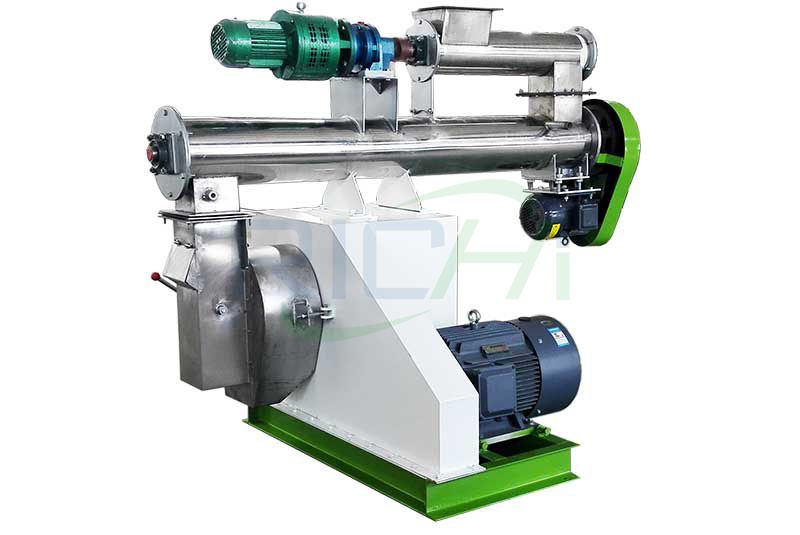
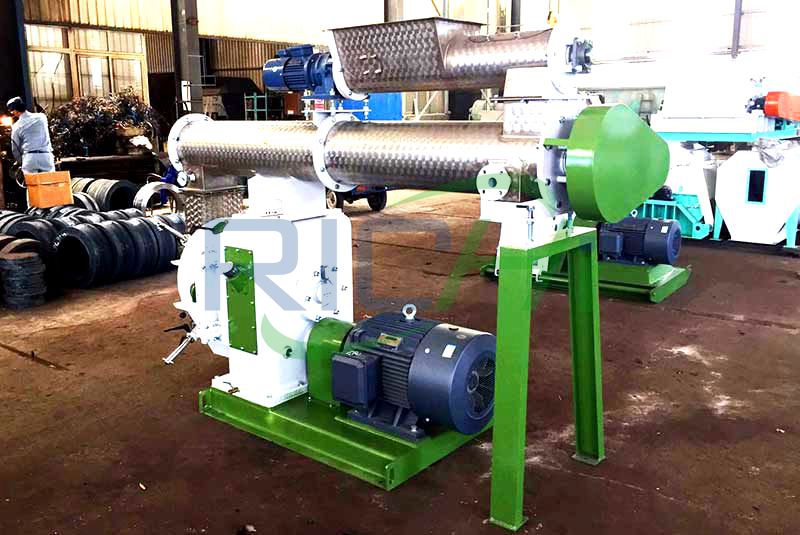
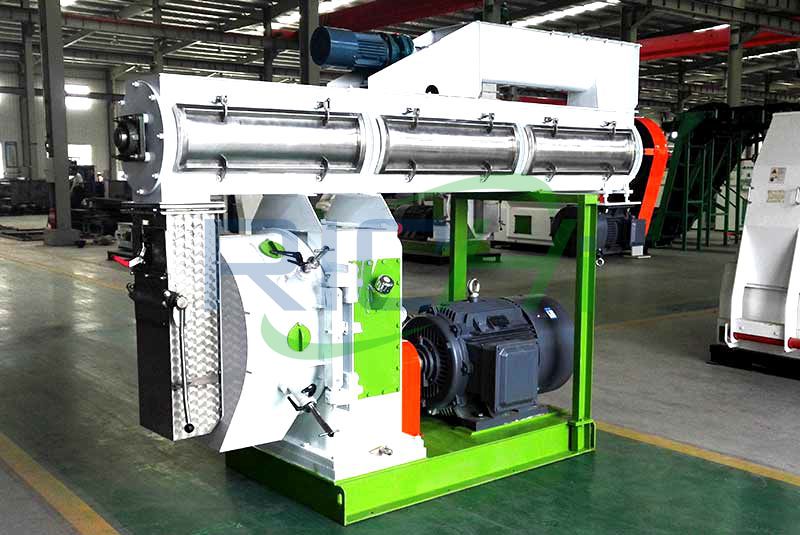
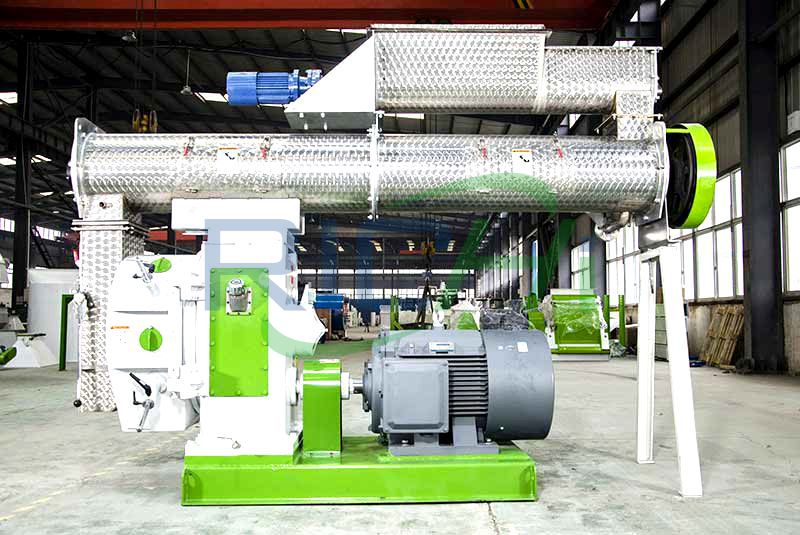
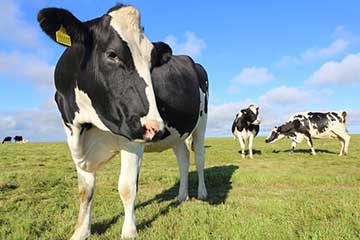
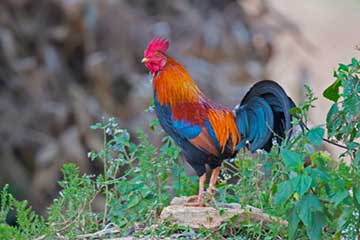
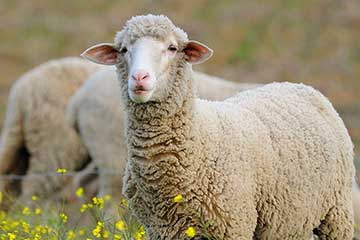
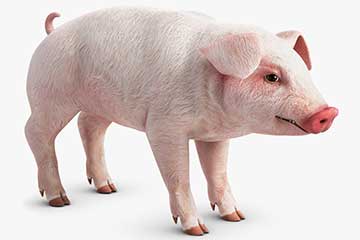
 Product Center
Product Center Get Latest Price
Get Latest Price